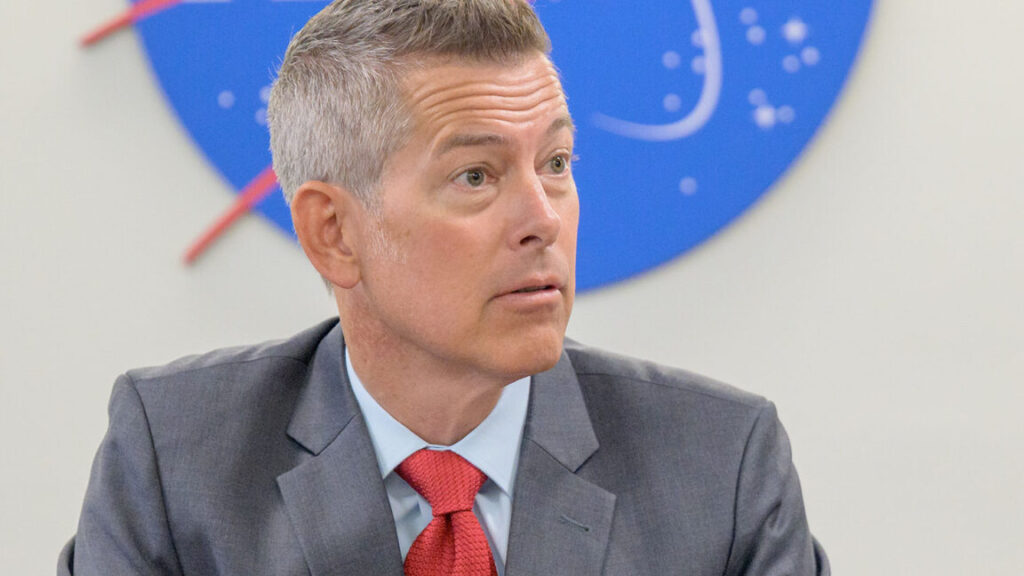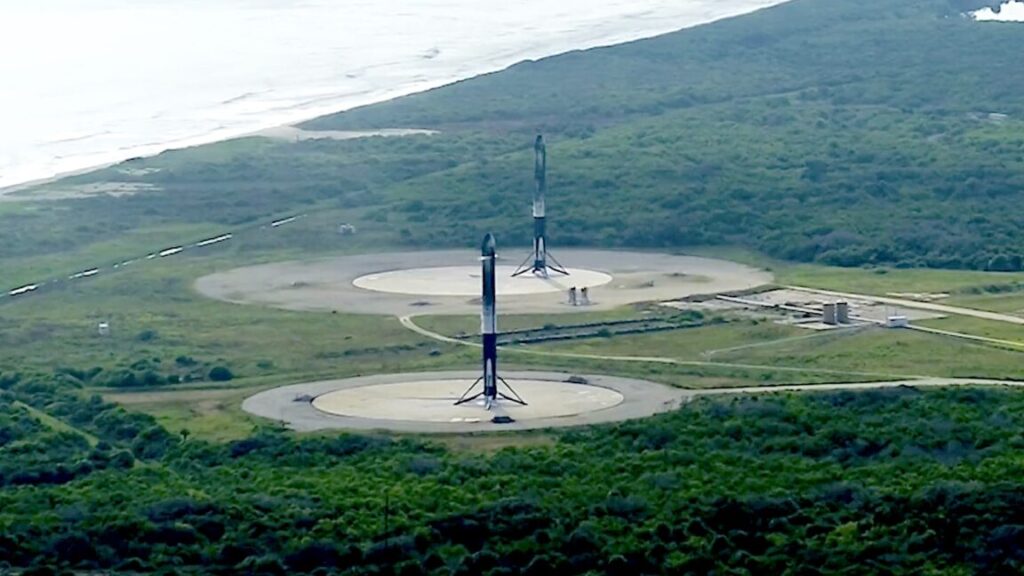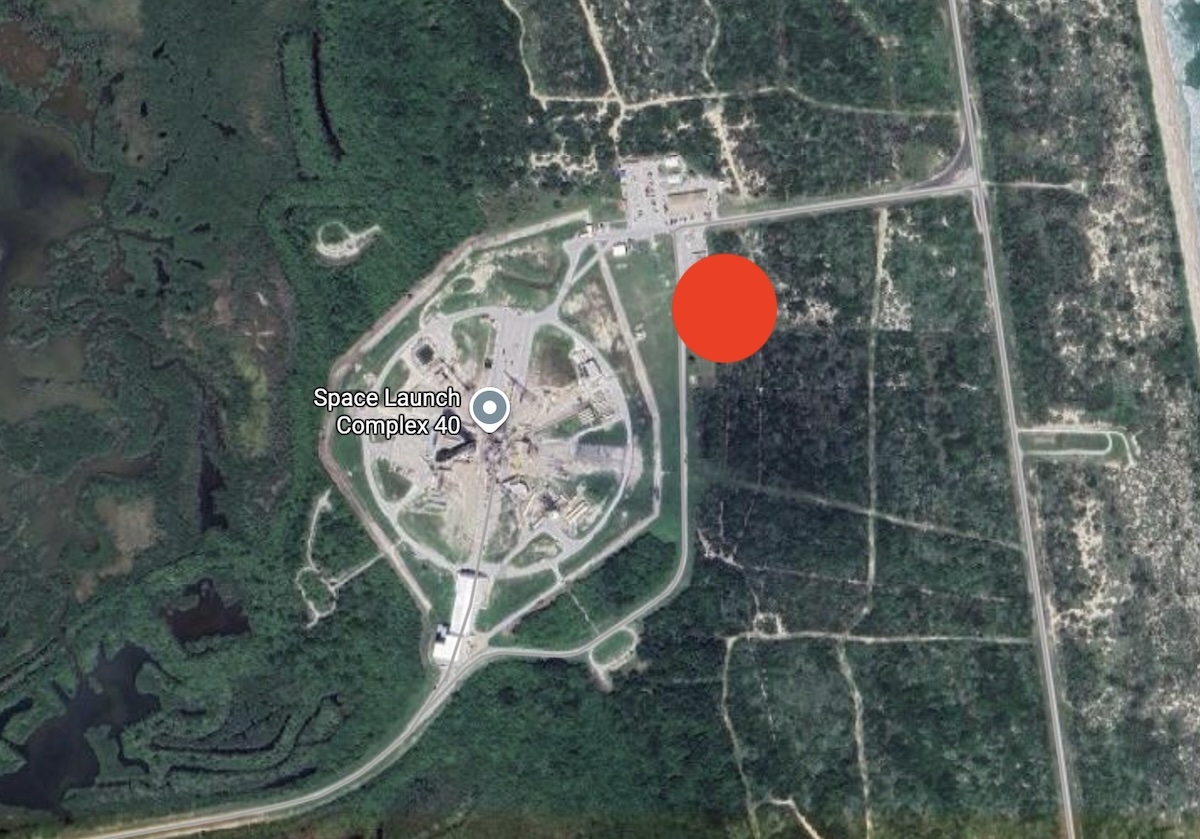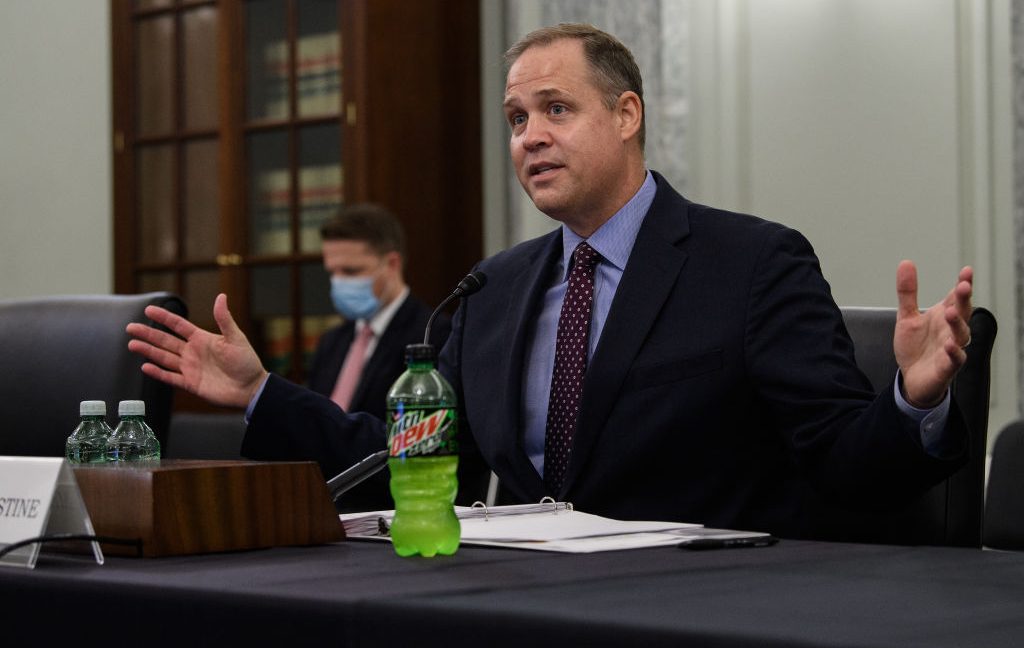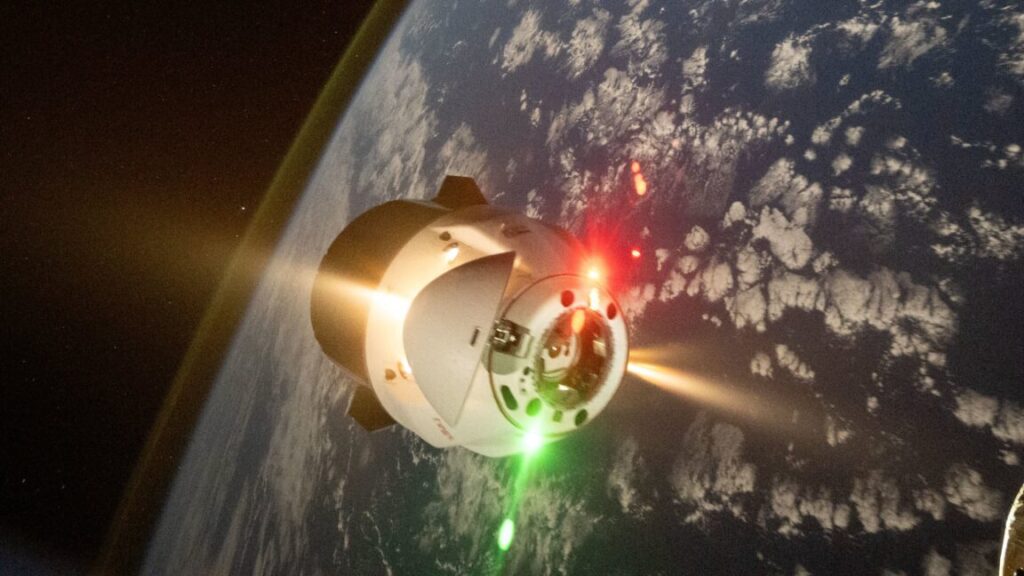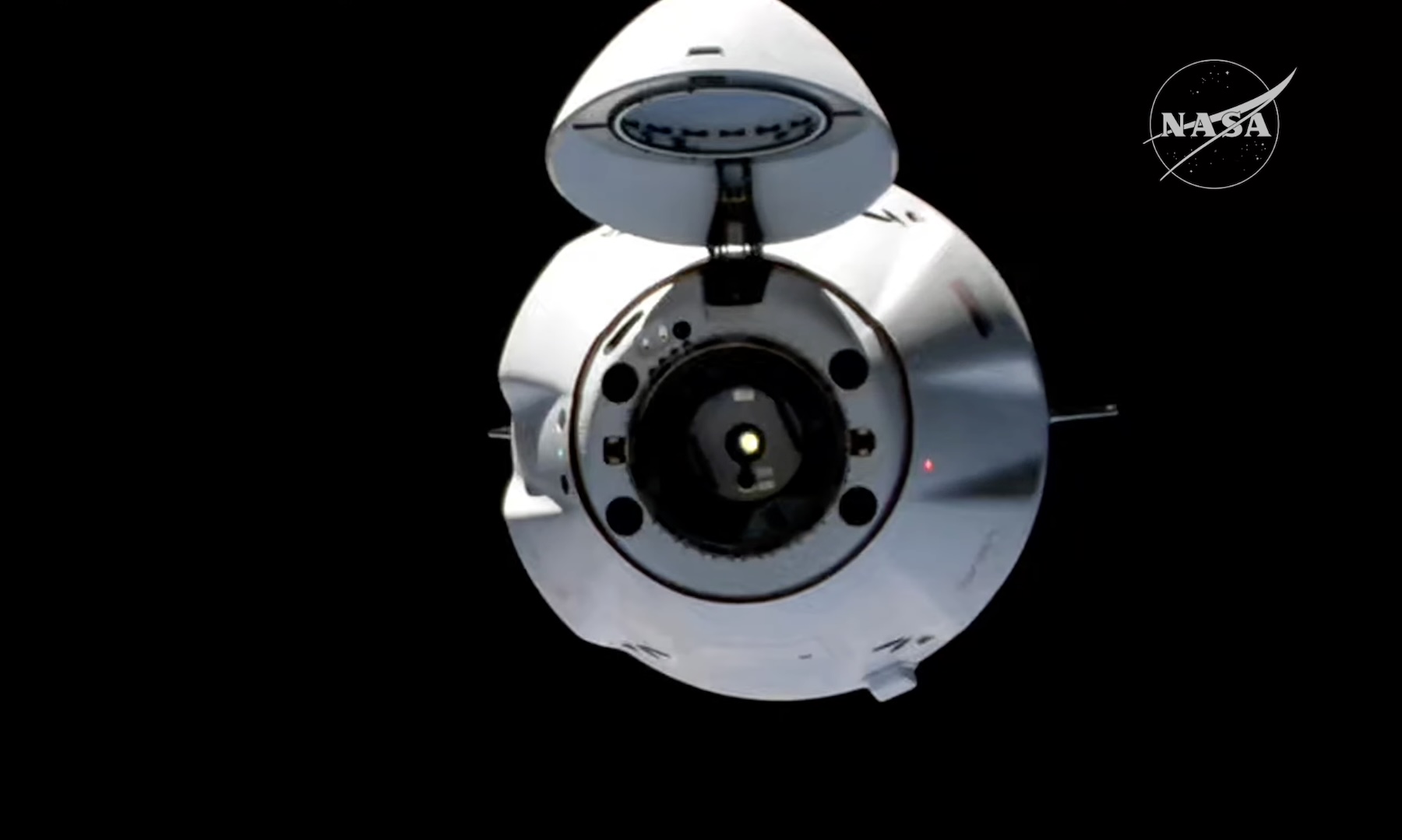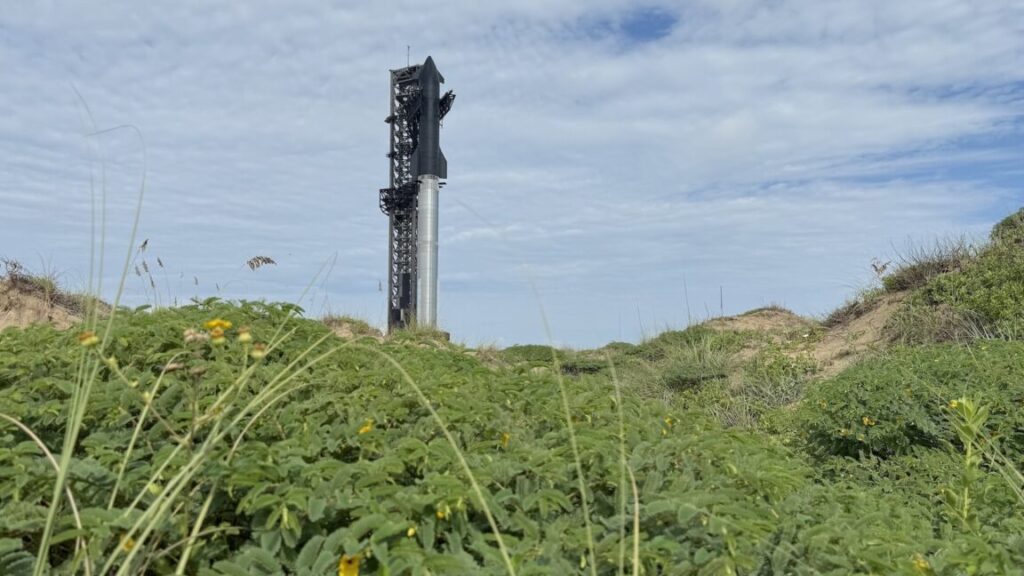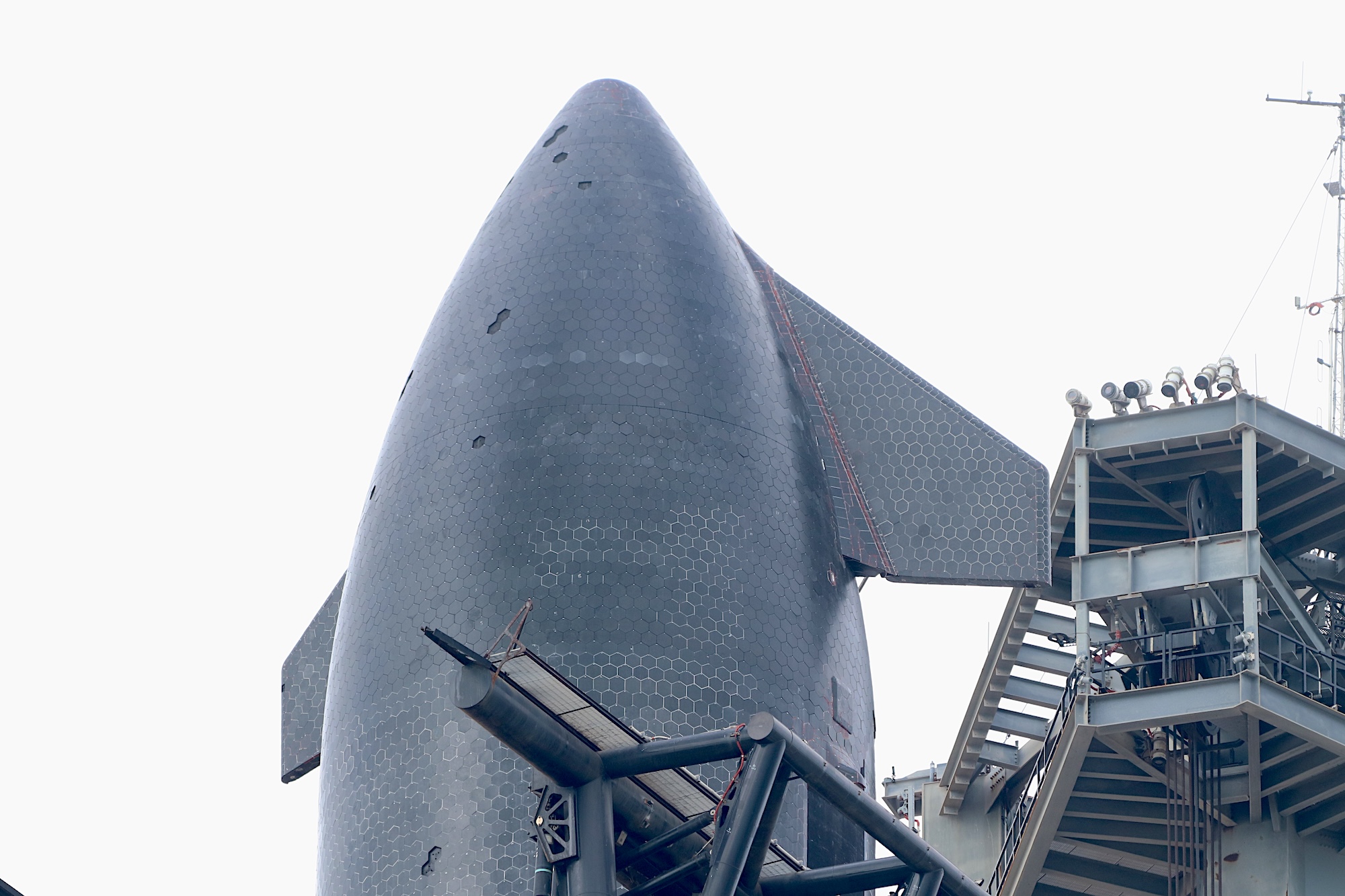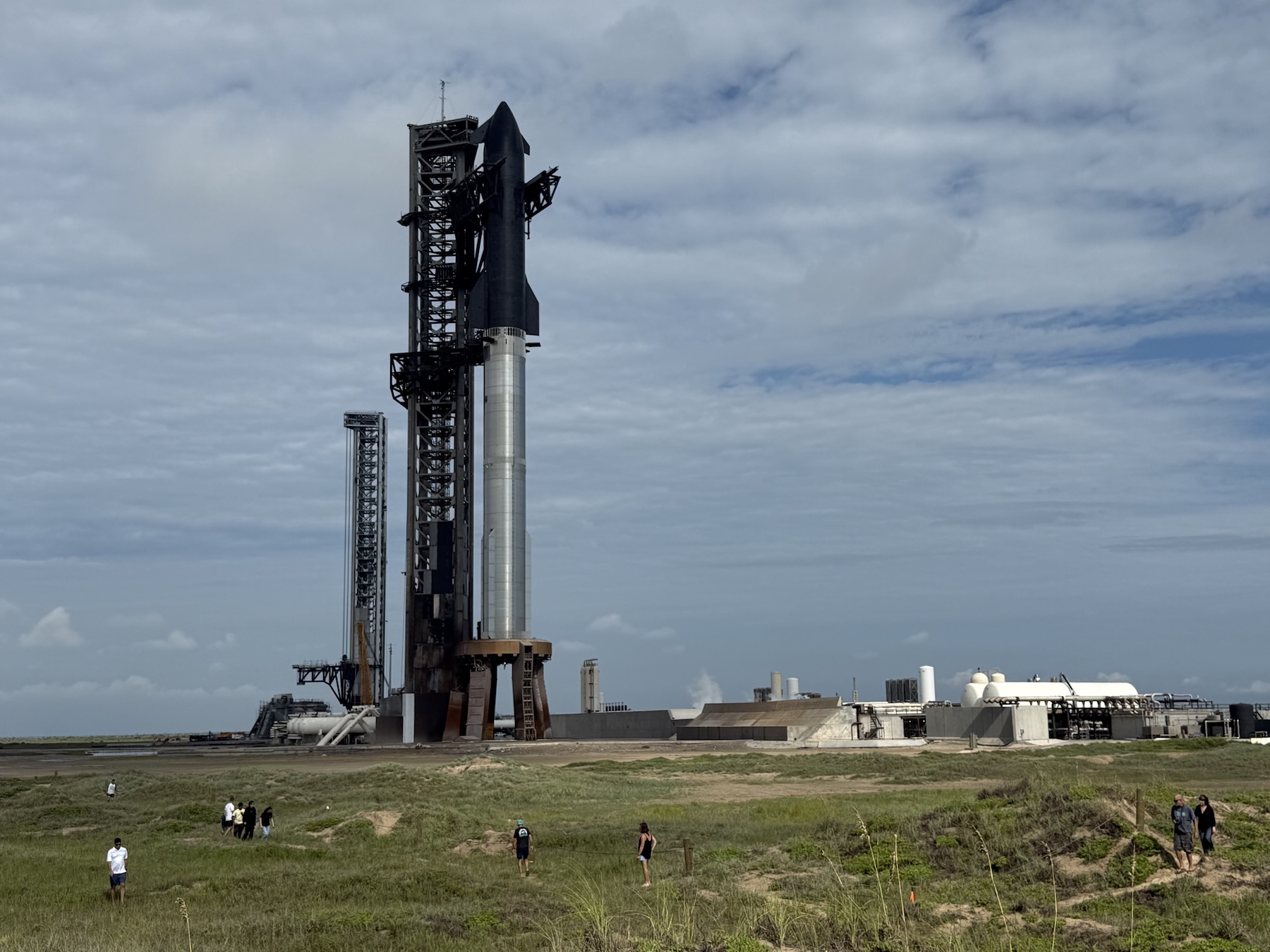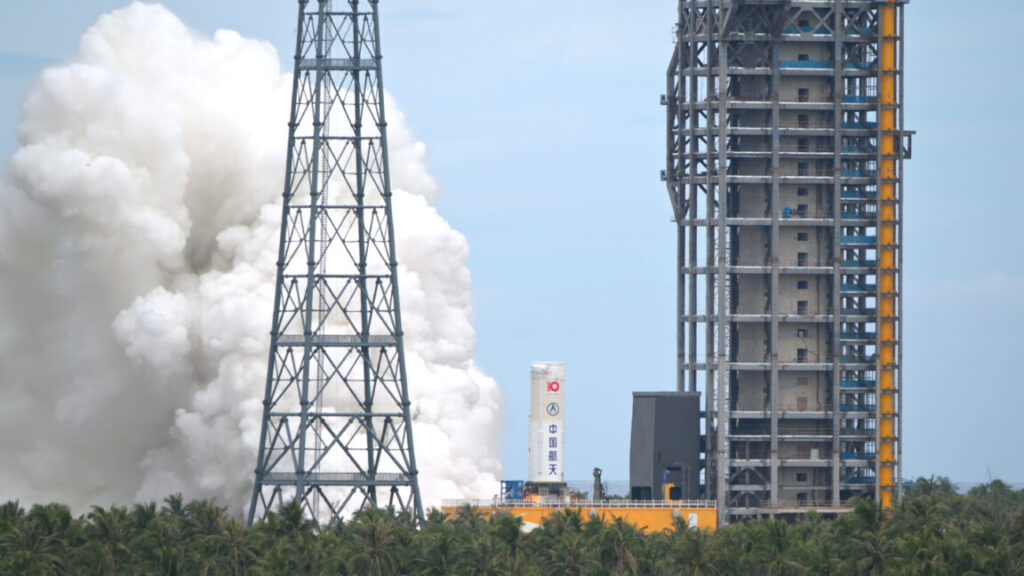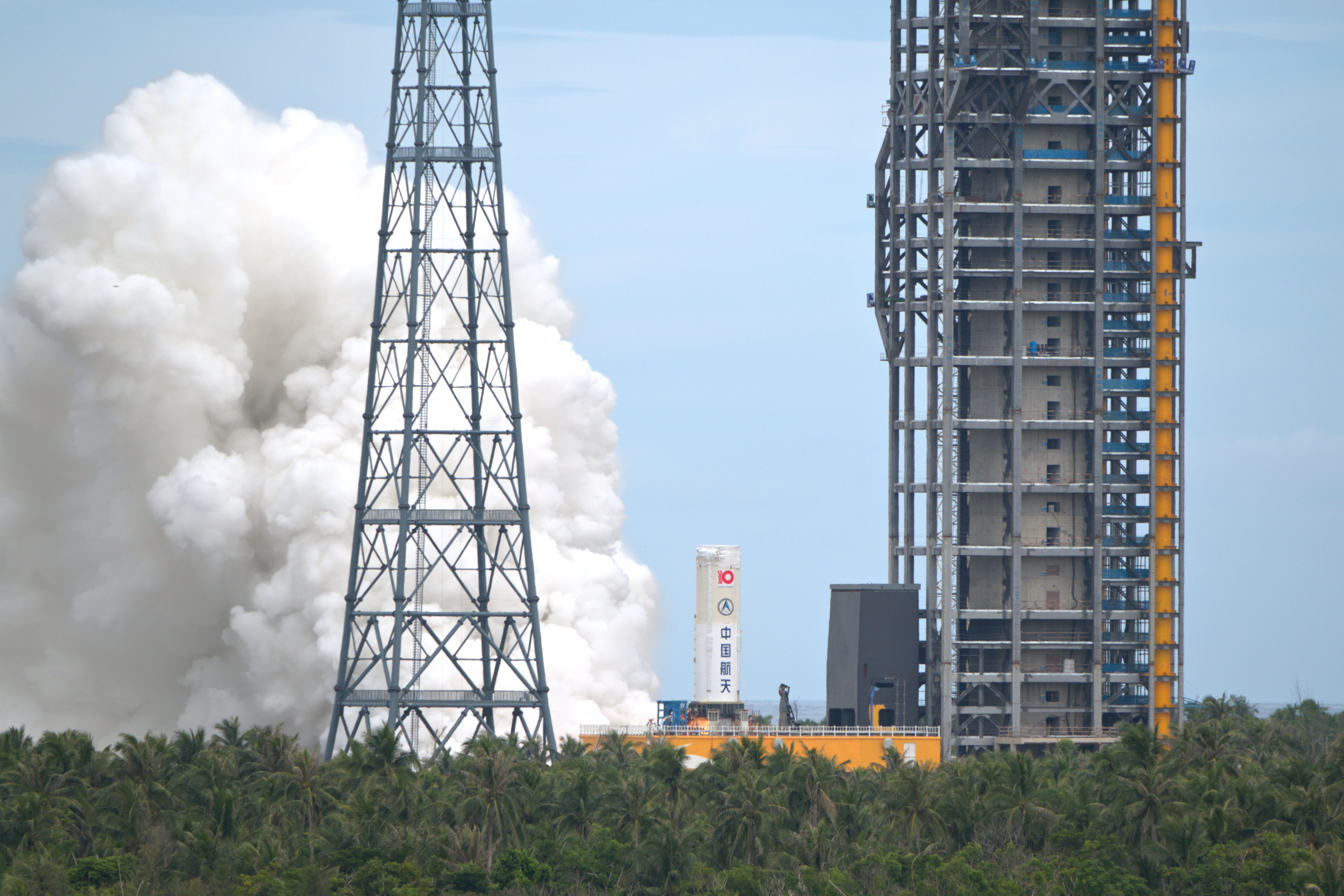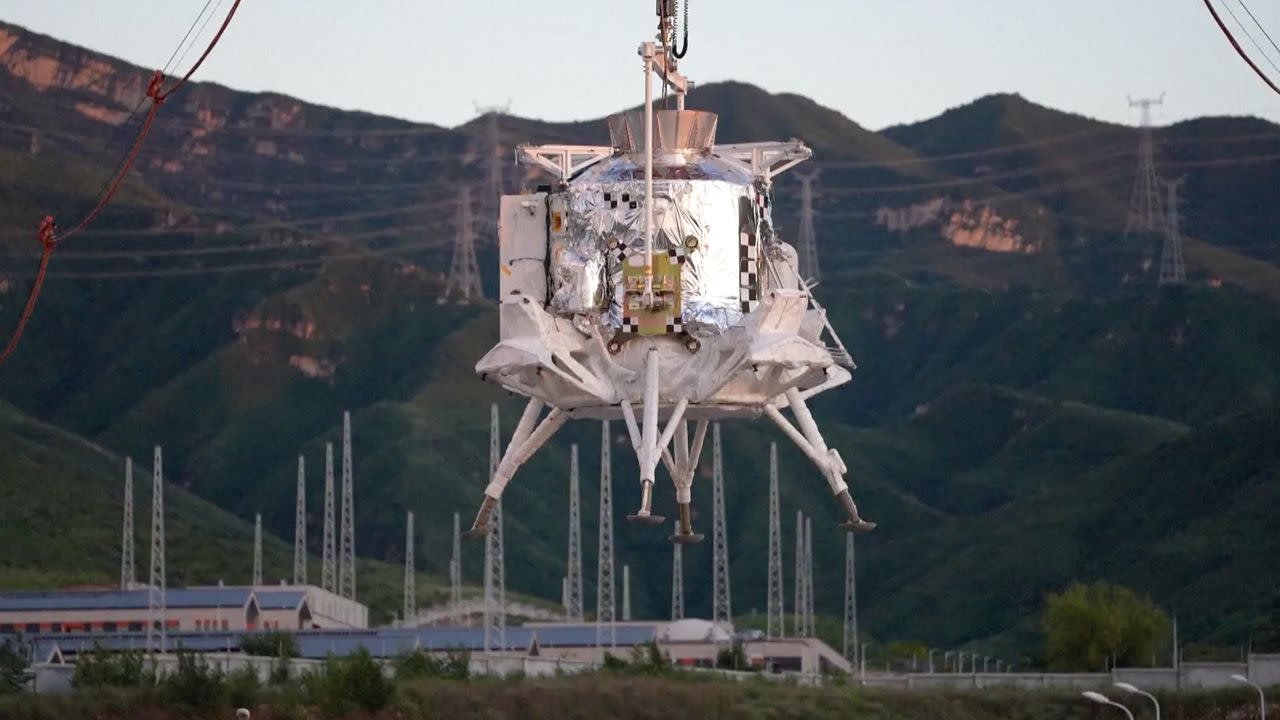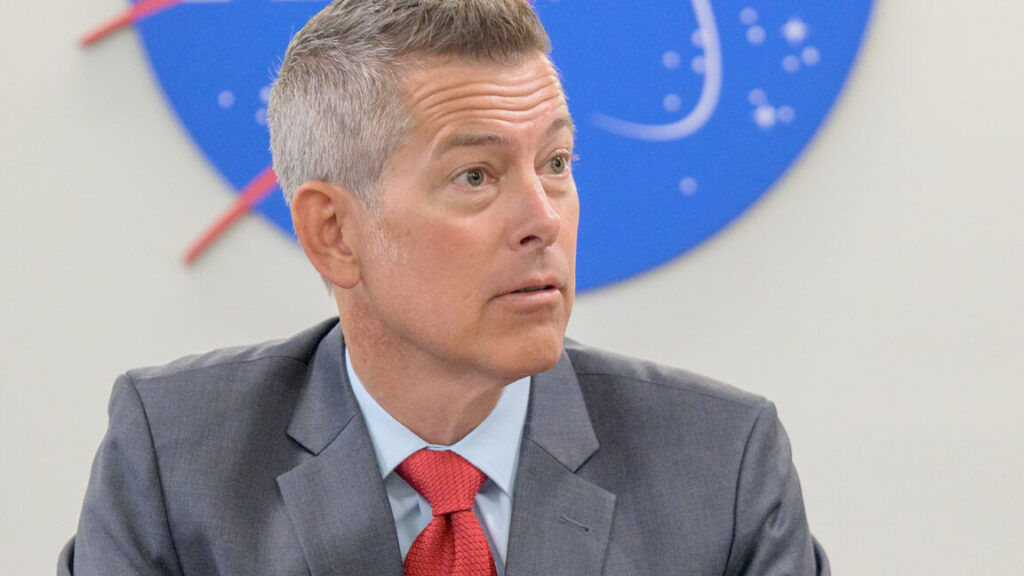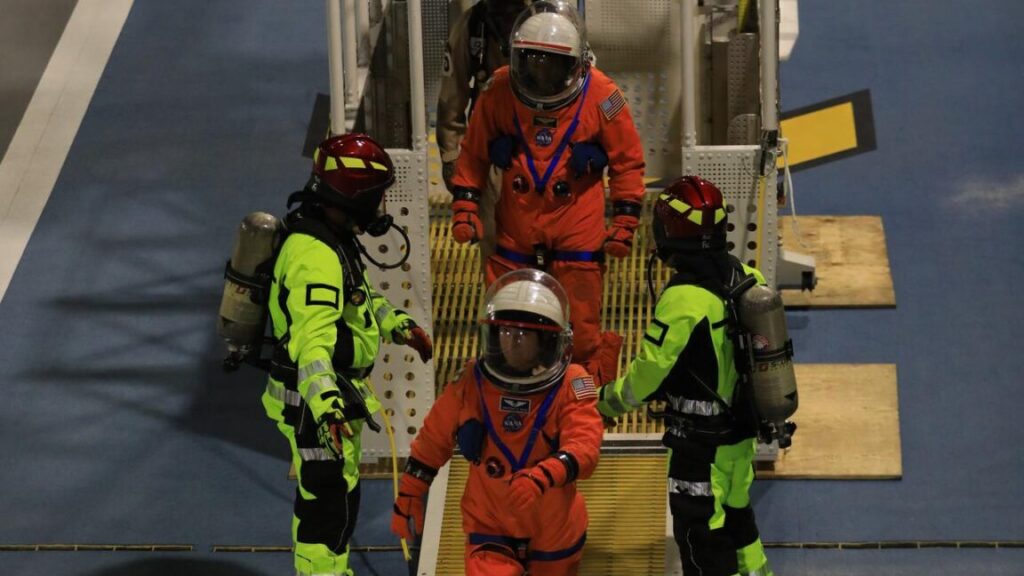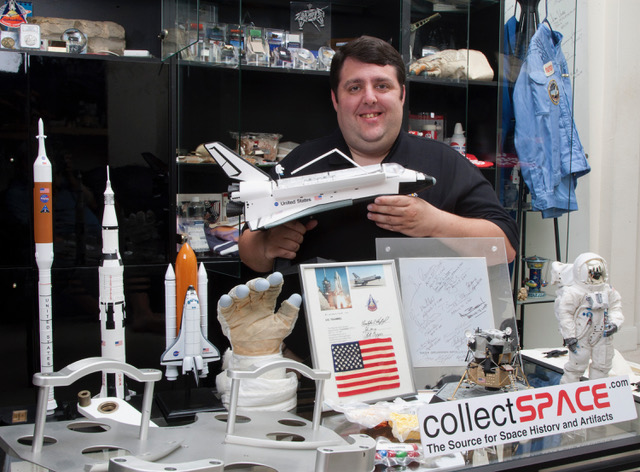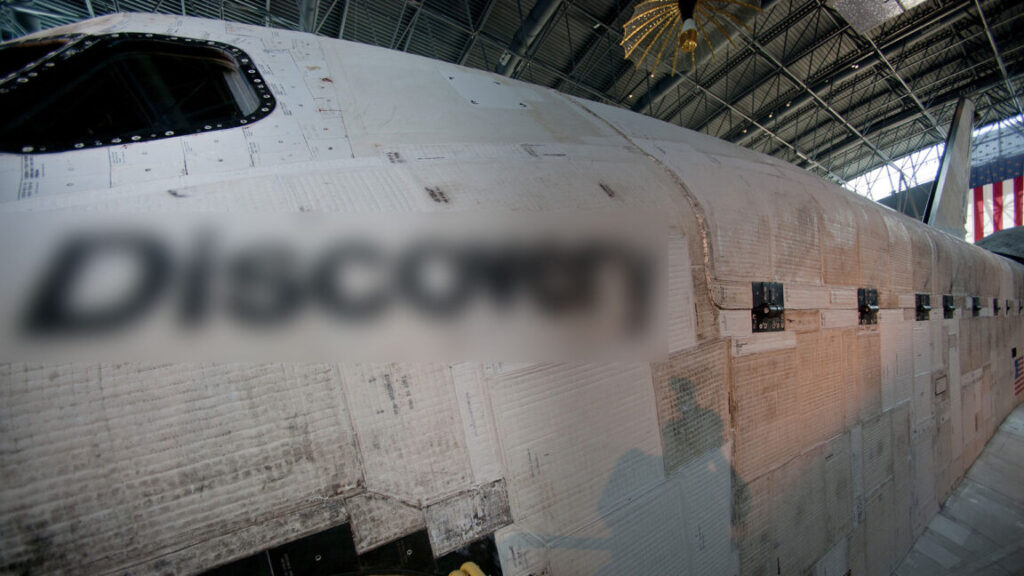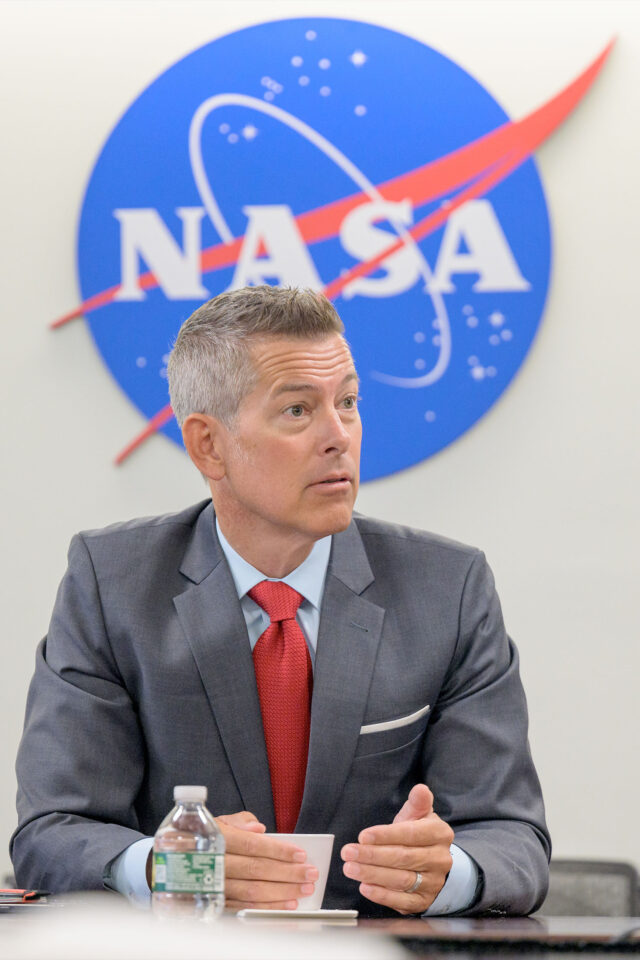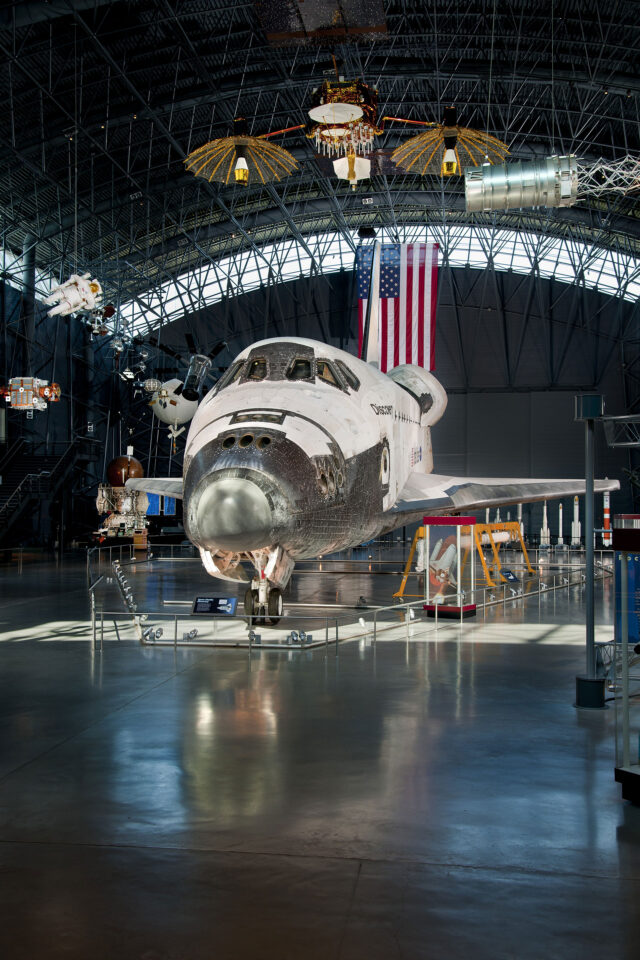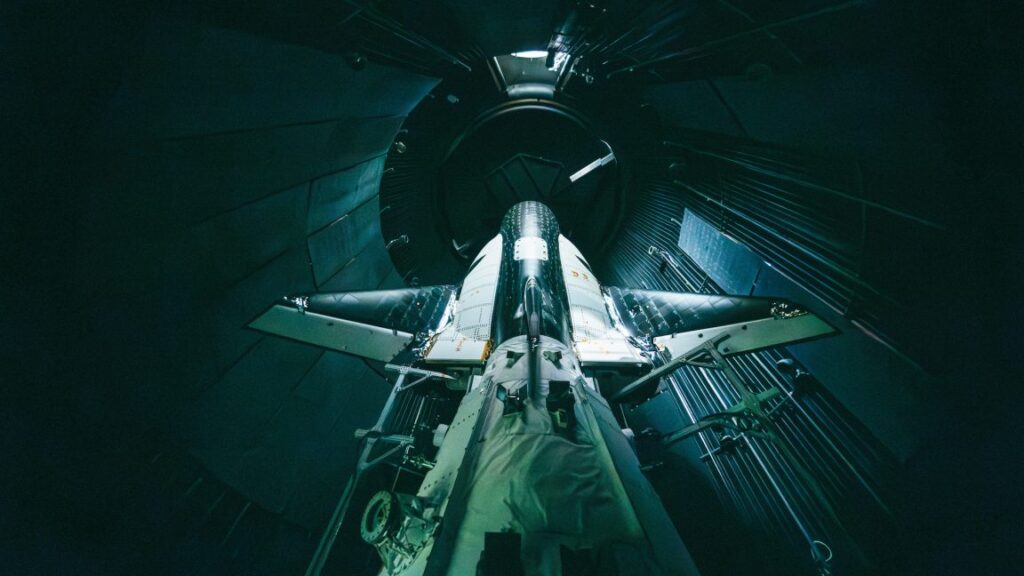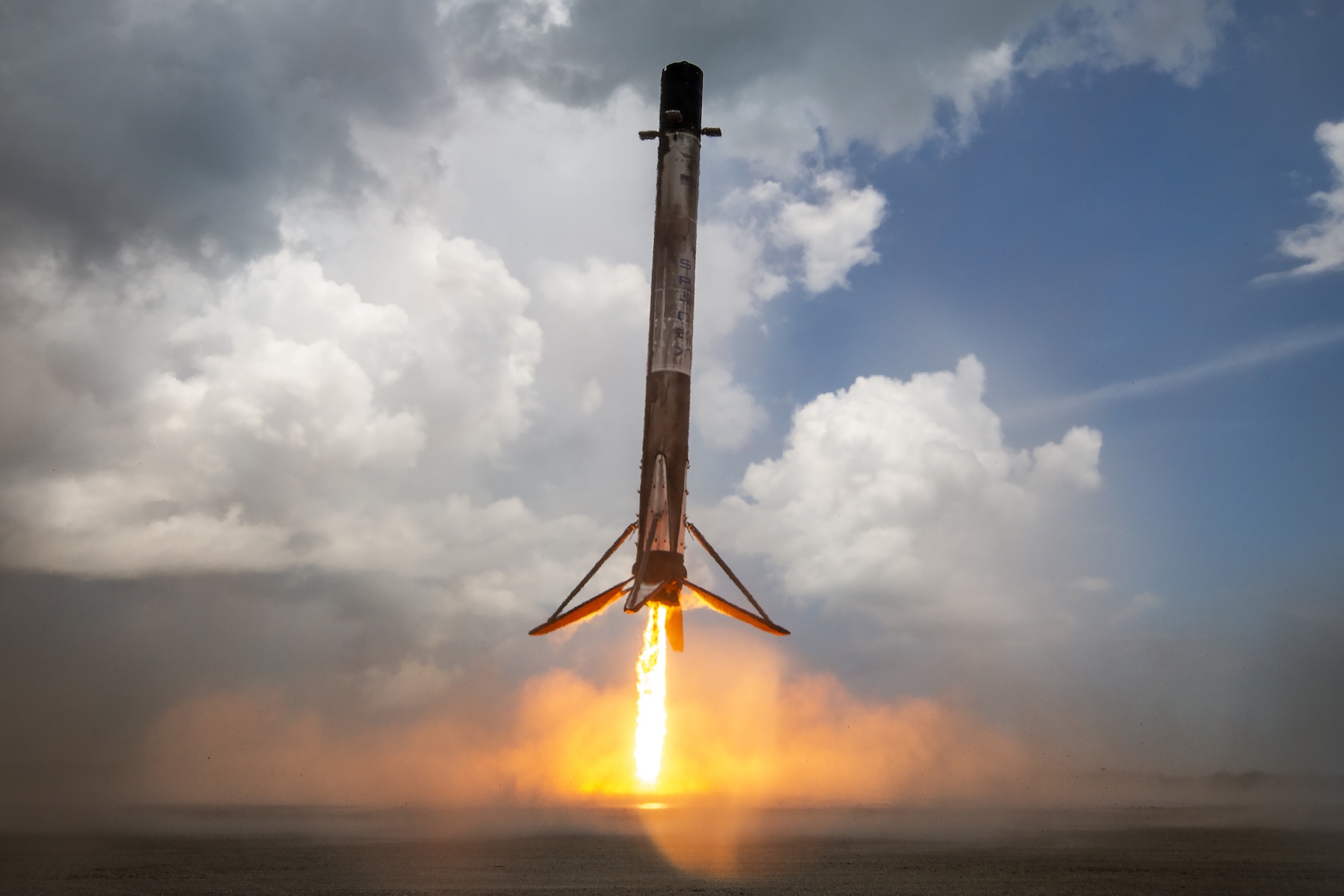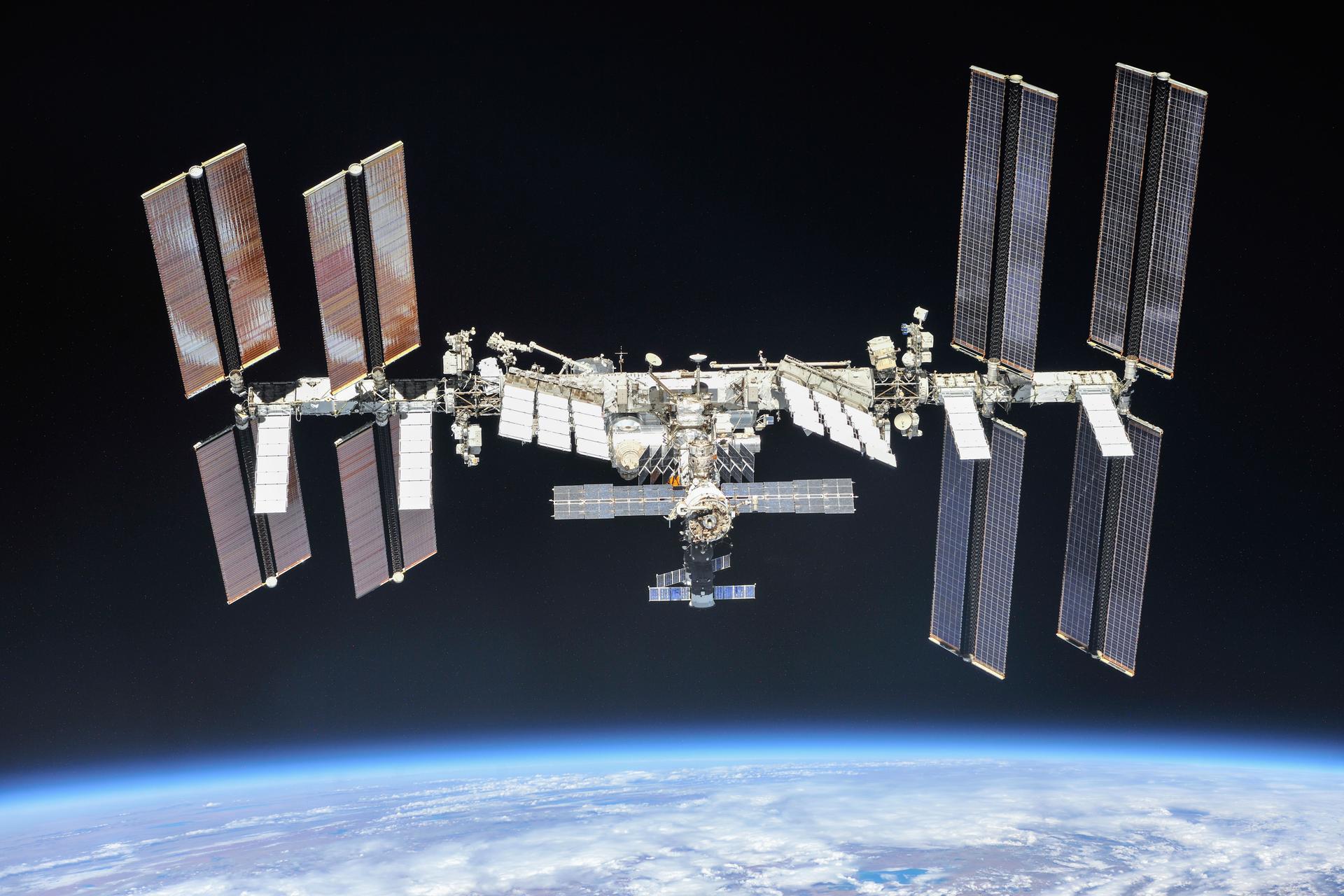NASA’s acting chief “angry” about talk that China will beat US back to the Moon
NASA’s interim administrator, Sean Duffy, said Thursday he has heard the recent talk about how some people are starting to believe that China will land humans on the Moon before NASA can return there with the Artemis Program.
“We had testimony that said NASA will not beat China to the Moon,” Duffy remarked during an all-hands meeting with NASA employees. “That was shade thrown on all of NASA. I heard it, and I gotta tell you what, maybe I am competitive, I was angry about it. I can tell you what, I’ll be damned if that is the story that we write. We are going to beat the Chinese to the Moon.”
Duffy’s remarks followed a Congressional hearing on Wednesday during which former Congressman Jim Bridenstine, who served as NASA administrator during President Trump’s first term, said China had pulled ahead of NASA and the United States in the second space race.
“Unless something changes, it is highly unlikely the United States will beat China’s projected timeline to the Moon’s surface,” said Bridenstine, who led the creation of the Artemis Program in 2019. China has said multiple times that it intends to land taikonuats on the Moon before the year 2030.
A lot of TV appearances
Duffy’s remarks were characteristic of his tenure since his appointment two months ago by Trump to serve as interim administrator of the space agency. He has made frequent appearances on Fox News and offered generally upbeat views of NASA’s position in its competition with China for supremacy in space. And on Friday, in a slickly produced video, he said, “I’m committed to getting us back to the Moon before President Trump leaves office.”
Sources have said Duffy, already a cabinet member as the secretary of transportation, is also angling to remove the “interim” from his NASA administrator title. Like Bridenstine, he has a capable political background and politics that align with the Trump administration. He is an excellent public speaker and knows the value of speaking to the president through Fox News. To date, however, he has shown limited recognition of the reality of the current competition with China.
NASA’s acting chief “angry” about talk that China will beat US back to the Moon Read More »
